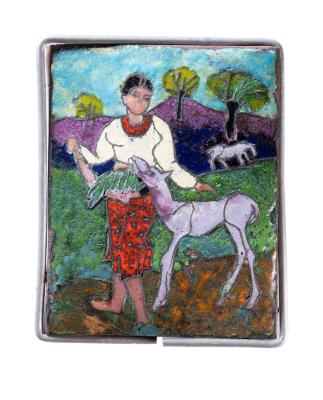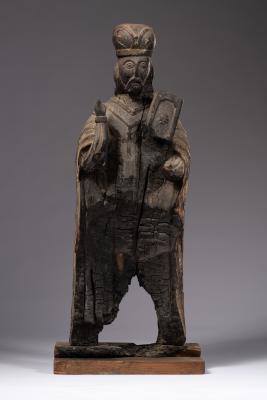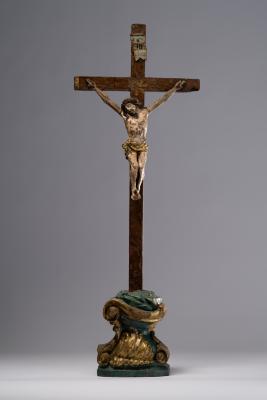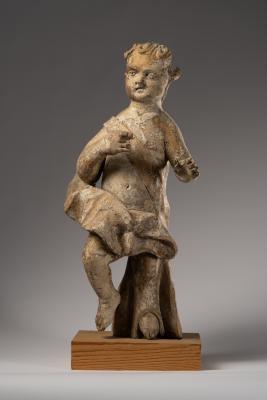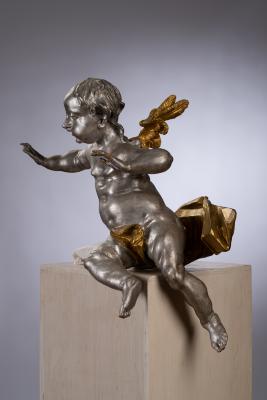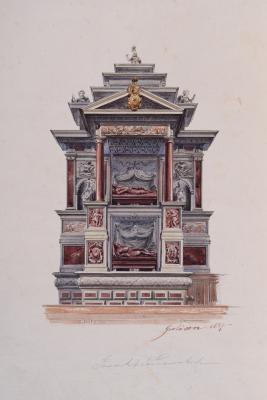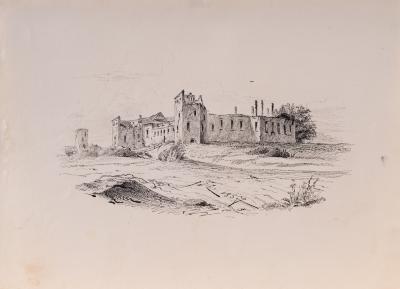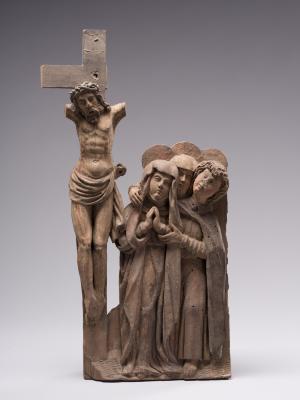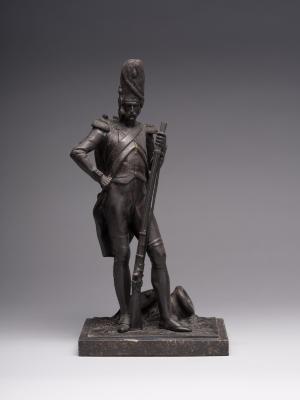Despite the difficult times of the 1940s, Leopold Levytskyi worked hard and mastered a new technique, namely engraving on linoleum. The specific style of linocut, the possibility of sharp and expressive contrasts of black and white colours, as well as the relative speed and ease of execution were better suited to the then artistic mood; the artist wanted to establish himself in art and life, as well as to express himself in a new environment. In 1946, Leopold Levytskyi settled in Lviv and joined the newly formed Union of Artists of the USSR. He is the author of a series of linocuts, which Soviet critics described as "engraved novels". These themes have been close to the artist since his studies at the Krakow Academy of Arts. However, the artistic style was different. In the compositions of the 1930s, modern artistic tendencies were clearly traced. Still, in the works of the late 1940s, the author adhered to a realistic manner of depiction, of course, taking into account the technological capabilities of linocut. These works were a kind of tribute to the time, the ideology of the time, and the state system. At the same time, a new artistic and plastic style, which characterised the later linocuts of Leopold Levytskyi, originated in them.




